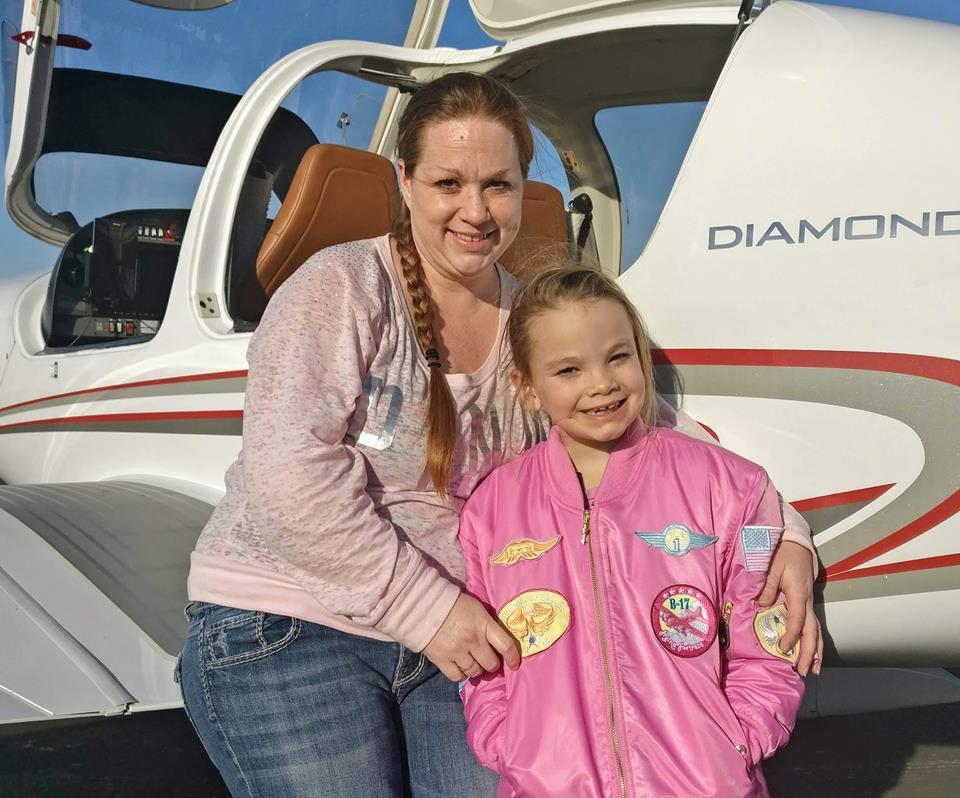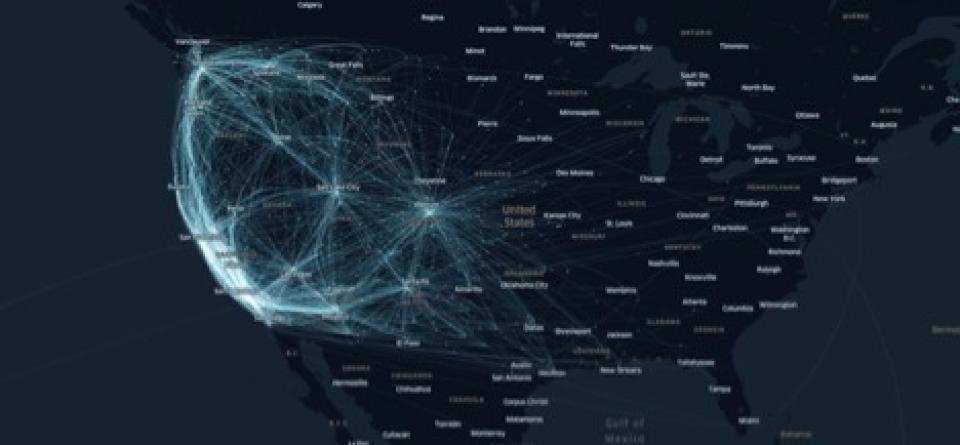MSBA Practicum Project: Angel Flight West
Wheels up on helping those with medical needs

One of many advantages of the UC Davis MSBA program is the year-long practicum project where we have to opportunity to work as a team on a data analytics solution for a sponsoring client.
At the start of the program, the team selection feels a lot like the college application process. The excitement after learning about the available projects, the nervousness around finding out where you will end up and ultimately, after getting placed, the determination to do something meaningful as it is going to shape a significant experience in your life.
The much-awaited unveiling of projects kicked off with the client that I was instantly sold on, Angel Flight West (AFW), a nonprofit, volunteer-driven organization that arranges free, non-emergency air travel for children and adults with serious medical conditions and other compelling needs.
It was hard to focus on the other client introductions after hearing about AFW. Not only is this organization impacting the lives of thousands of people in need, but also smartly engaging in the platform economy by connecting these patients with pilots who are passionate about skills-based volunteering. Before I knew it, I had been staffed onto this project with five other fellow idealists. We were ready to begin our MSBA journey that ends in measurable social good.
One of the main reasons I joined UC Davis MSBA program is the opportunity to learn how to use analytics to positively impact society. What better way to do that than by experiencing the full life-cycle of an analytics project by consulting for a non-profit client for an entire year.
Using data to solve the world’s deepest problems is not a new concept. Think Dr. John Snow and the cholera outbreak in 1850.
AFW is a great example of an organization that had the foresight to collect and preserve their data starting two decades ago.
Understanding Our Client’s Footprint: Who? What? When? Where?
Within the first week, we were introduced to our client liaison, Stephan Fopeano, who single-handedly manages the data and technology-related efforts at AFW. He knows the organization inside-out. We were the first practicum team to obtain our client data. It was a treasure trove of over 8 million records and 3,000 features spread across 200 tables. Not getting overwhelmed by the complexity of the associations early on was important for us to demonstrate as consultants. But how could we possibly simplify this just one month into the MSBA program? We started to think about the footprint that AFW is leaving behind.

A “mission” at AFW is the journey of a patient to a facility to seek medical treatment. Each mission leaves behind a “data” footprint. What treatments did the patients seek? Where do they go for treatment? How long have the pilots been flying for AFW? We framed the questions that we wanted to answer during the discovery phase of our project. This helped us narrow down the data associations we needed to focus. Additionally, Stephan’s expertise helped us connect the dots quickly.

The highlight of the year-long practicum is the ability to apply the techniques that we are learning in class to enhance our experience. For example, we used a geo-temporal visualization tool that we learned about our data visualization class to digitally curate the mark that AFW had left behind in the western region of the United States over the past two decades. This left us feeling inspired by the commitment of the organization that we were to work with during the year. Visualizing missions in this way helped us absorb the inner workings of our client’s operations much better early on.
Finding the Signal in the “Mission” Noise
Back in the 1800s, Dr. John Snow produced a simple map of the cholera outbreak in London and was able to detect that the source of the outbreak was a water pump, proving that the disease was waterborne. Our next step was to discover such water pumps for AFW.
Unfortunately, due to the nature of limited resources in the social sector, it is difficult to expect the data of high enough quality to analyze. Even the data entry expectations from the passenger side need to be set with sensitivity towards their medical condition and time constraints. As a result of this, our team often faced challenges in providing reliable results as a part of exploratory data analysis. However, we were determined to leave a positive first impression on the client and did not give up.
While the structured data may not have been collected in a usable format, the organization had a wealth of information available through unstructured sources in the form of comments and communication trails.
We had not yet learned how to work with unstructured data in our program at the time. However, we did have resources at the Graduate School of Management who were willing to guide us through it. We set our mind to it and our efforts paid off. By the end of the first quarter, we were able to share targeted marketing opportunities that we had found through the analysis of financially compelling reasons cited often by AFW passengers.
AFW Annual Retreat
We started the winter quarter preparing for a presentation to share our work progress with AFW’s staff, board members and pilots at its annual retreat in San Diego. Fresh off winter break, we had only three weeks to prepare.
With all of AFW stakeholders under one roof, we knew we had to make the most of this opportunity. Unfortunately, due to our weekend class schedule, our team was unable to make it to the retreat. In our place, Sanjay Saigal, our adviser and director of analytics strategy, delivered the presentation and echoed our enthusiasm to AFW. We felt like we were there in spirit through the real-time updates from Sanjay.
On the following Monday morning, I woke up to an email from Stephan that said the presentation was a big hit. My team was all smiles after hearing this, and it felt like there was a new sense of enthusiasm had been injected into us. The retreat had left us with multiple stakeholders excited share their input on the opportunities available at AFW.
Our Journey Ahead
Our student team was generously supported by Stephan and the AFW team with their time and creative ideas through the practicum exploration phase. As we now head down the practicum elaboration phase, the focus for our team right now is to explore how to improve the mission match process and increase the reliability of the organization through predictive models. We will spend the next few months developing and implementing solutions to make AFW operationally more efficient.
Our ultimate goal is to have AFW passengers feeling reassured that transportation is not going to be a barrier between them and the treatment they seek.
Slowly and steadily, our student team is leaving our own footprint by using data and analytics for the good of society.